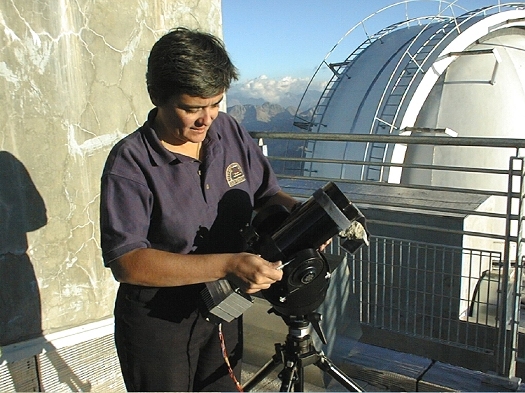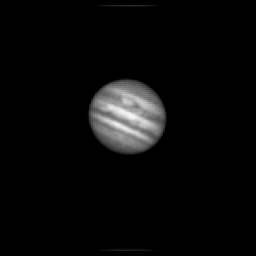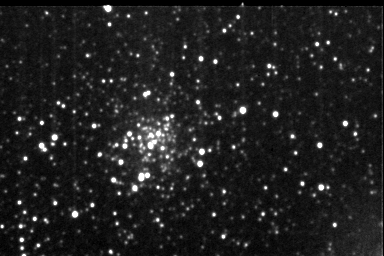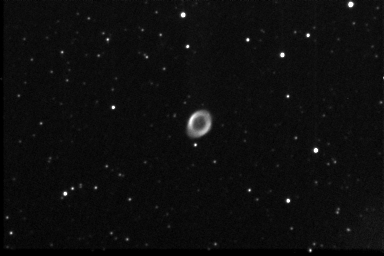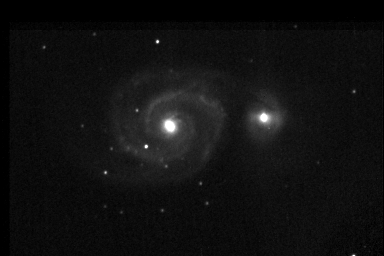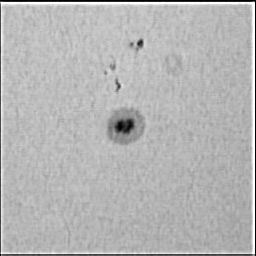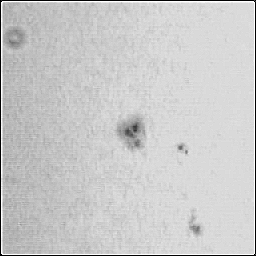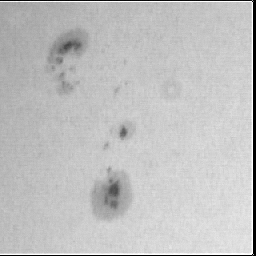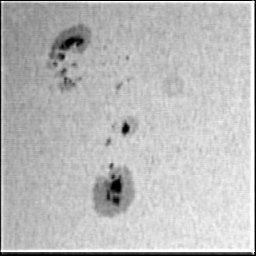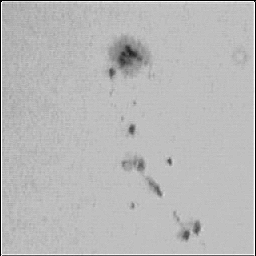
The ETX scope is one of those. It travels in the plane and is always ready when skies become suddenly clear. Despite its small aperture, the optical formula is excellent for the sun, moon, and planetary observations. For deep sky observations, the classical jewels of the sky are also at your fingers and even more...
The one who are saying this instrument is just for visual observations are just lying. CCD atrophotography is possible. Even with the old "analog" mounting I was able to shoot at jupiter and saturn as you could see below... with a webcam, a digital camera or a camescope, the ETX is so versatile that you have a lot of domain to explore with it.
When I have the possibility to , I mount the ETX to a more robust equatorial mounting, a GP Vixen polaris, equipped with the Sky Sensor, and this becomes a very powerful instrument which can catch deep sky objects as you never though it could possible to make with a so tiny instrument...

